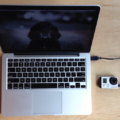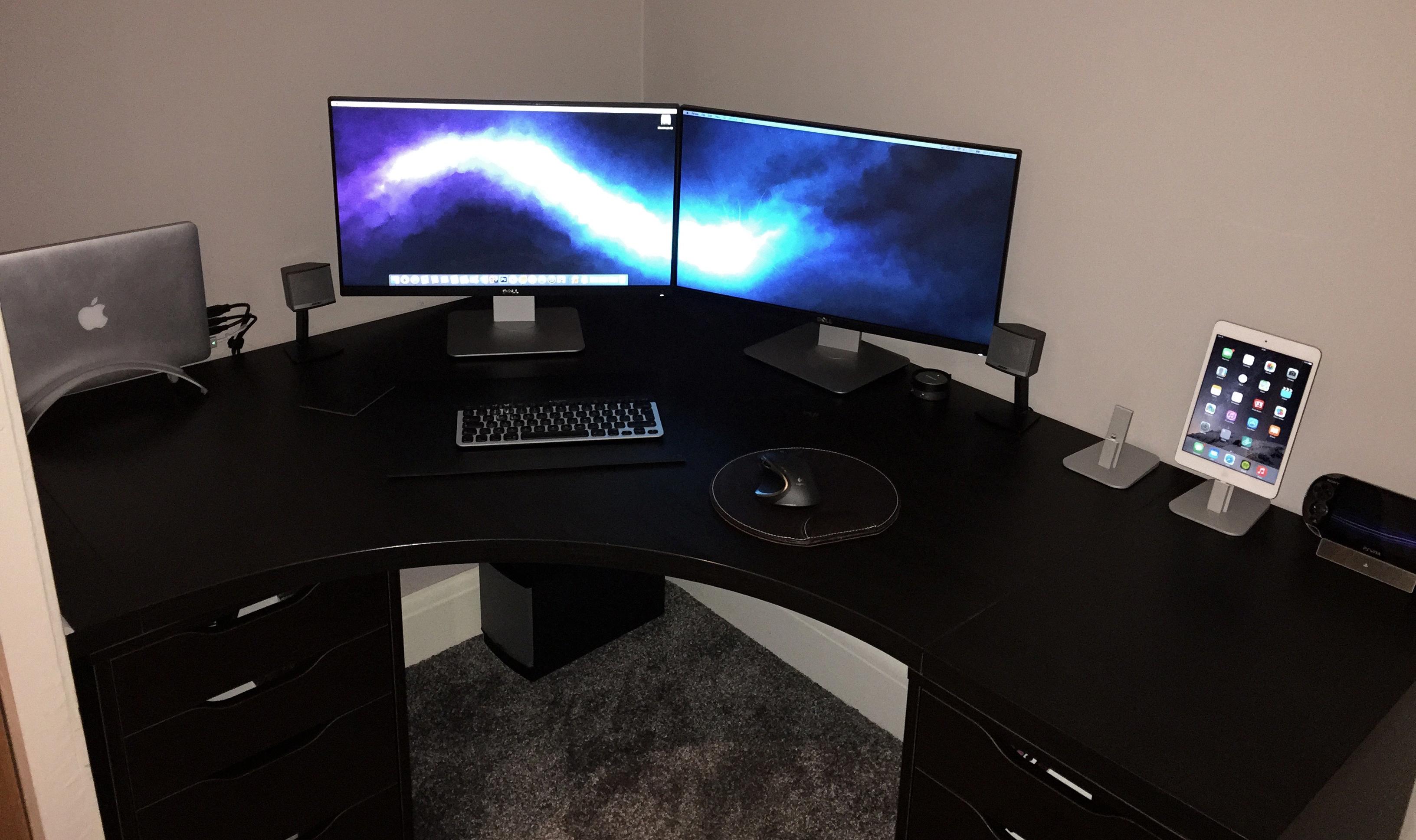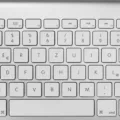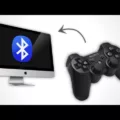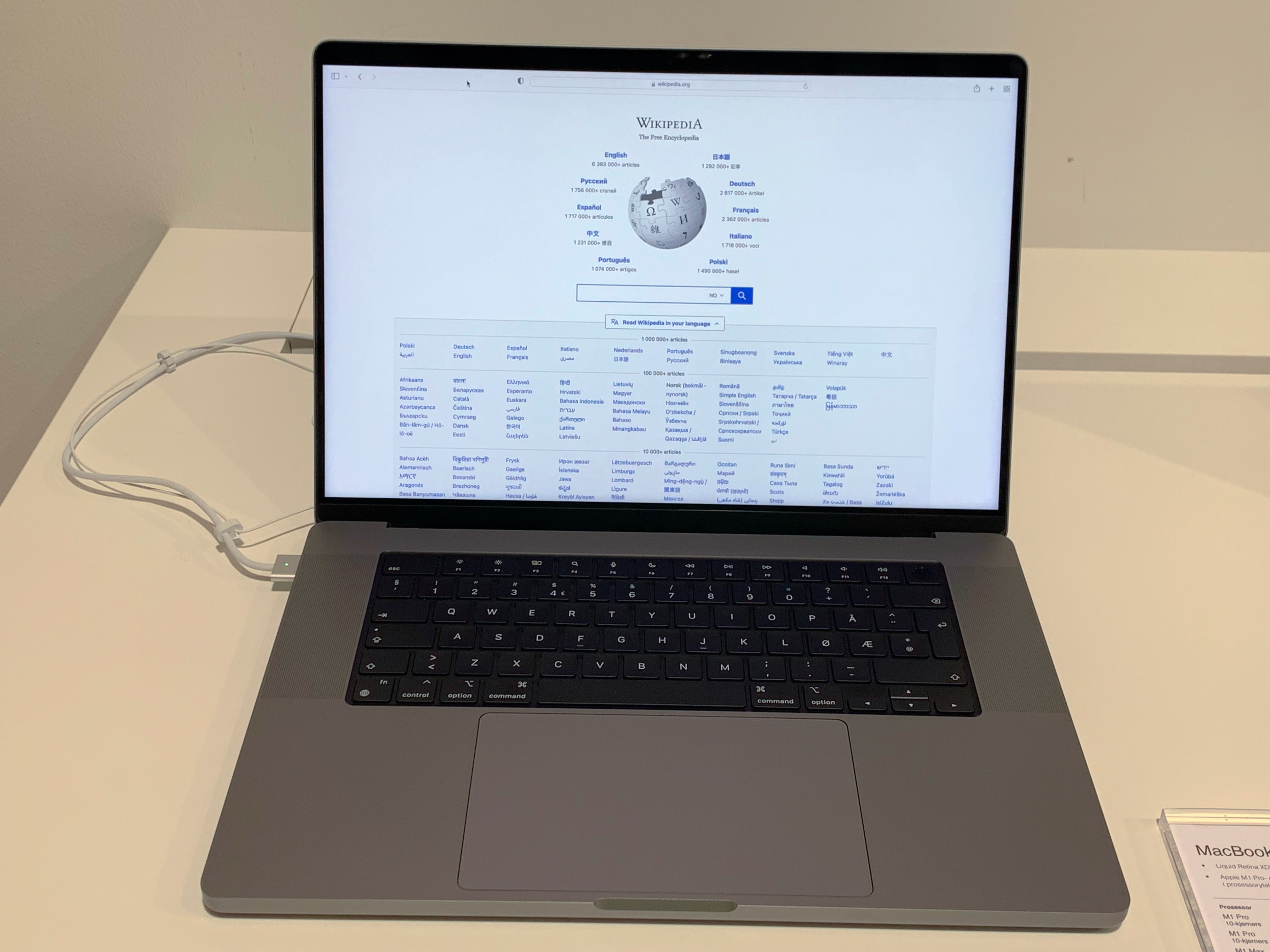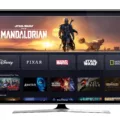Are you looking to upgrade your Mac setup with two monitors? Connecting two monitors to your Mac can help you boost your productivity by providing more workspace and better multitasking capabilities. But how exactly do you go about connecting two monitors to a Mac? We’re here to help.
First, figure out what type of ports your monitor has. You’ll need to make sure that the port on the monitor is compatible with the port on the Mac. For example, if the monitor has an HDMI port and the Mac has a DVI port, then you’ll need an adapter in order for them to connect. Some of the most common ports for connecting a monitor are Mini DisplayPort (found on older Apple computers), HDMI, USB Type-C, or Thunderbolt 3 (found on newer Apple computers).
Once you have determined what type of ports you have, it’s time to connect them. If both monitors have the same type of port, then all you need is one cable that is long enough to reach between both monitors. Plug one end into each monitor and power both of them up.
If your two monitors have different types of ports, then you will need an adapter cable in addition to a regular cable. For example, if one monitor has HDMI and another has Mini DisplayPort, then use an adapter cable that fits into the Mini DisplayPort connection and allows it to be connected via HDMI (or vice versa). Once all connections are made, power up both monitors and they should be ready for use!
Now that both monitors are connected to your Mac it’s time to configure them so they display properly. Open System Preferences from the Apple menu > Displays > Arrangement section and uncheck the “Mirror Displays” box if it is checked so that each monitor displays as its own separate display area. You can also drag a window from one display area onto another in order to move something from one screen to another.
Connecting two mac monitors can really boost your productivity – allowing for more workspace and better multitasking capabilities! Now that you know how easy it is to do so, go ahead and upgrade your setup today!
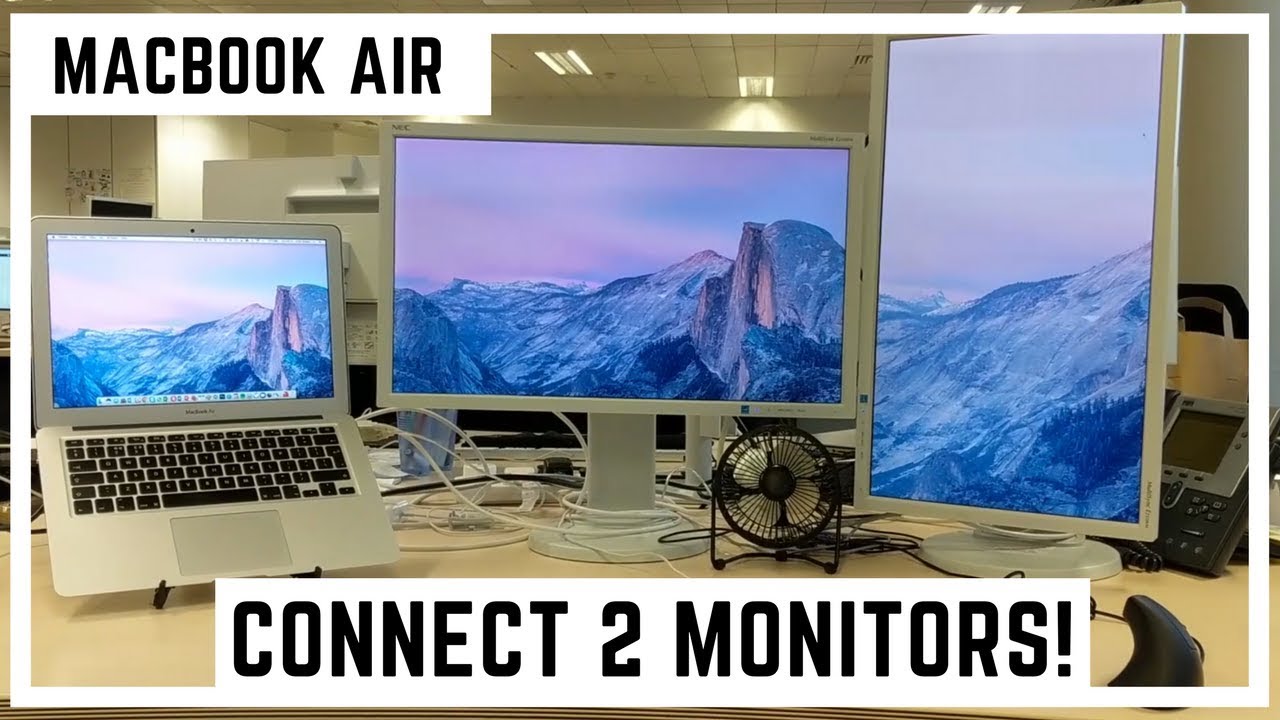
Connecting Multiple Monitors to a Mac
It is possible to connect two monitors to your Mac, however, the type and number of ports on your Mac will determine how you do it. If your Mac has two or more video ports, such as HDMI or DisplayPort, you can connect multiple monitors using cables and adapters. However, if your Mac only has one port – such as a USB-C port – then you’ll need an adapter that supports both of the monitors as well as any other necessary cables. Keep in mind that some HDMI adapters may not be supported by Macs and could cause compatibility issues. Additionally, depending on the type of adapters and cables being used, image quality may be reduced.
Splitting HDMI Between Two Monitors on a Mac
To split HDMI between two monitors on a Mac, you will need to have two monitors that have an HDMI input, and a Mini DisplayPort or USB-C to HDMI adapter. You will also need an appropriate cable (HDMI or Mini DisplayPort) that connects the two monitors. Once you have all the necessary components, connect one monitor to your Mac using either the HDMI port or a Mini DisplayPort/USB-C to HDMI adapter. Then connect the second monitor using an appropriate cable. Next, open the Apple menu > Displays > Arrangement, and uncheck the Mirror Displays box to use both monitors independently.
Connecting Two Monitors
Connecting two monitors to your computer is a simple process. First, you’ll need two monitors and an HDMI cable for each one. Then, plug the first HDMI cable into the output port on your PC and the input port on your first monitor. Windows will automatically detect and configure the display. The first display connected will be designated as the main monitor. To set up your second monitor, repeat this process by plugging in another HDMI cable from the output port of your PC to the input port of your second monitor. Windows should again automatically detect and configure both displays. Once both monitors are connected, you should be able to customize how they are arranged in Windows’ Display Settings menu.
Connecting Two Monitors to a MacBook Pro M1
Yes, you can connect up to two external displays to your MacBook Pro M1 using the Thunderbolt 4 (USB-C) and HDMI ports. To connect a monitor, simply plug the monitor’s cable into one of the ports on your computer. If you have an HDMI monitor, you may need a USB-C to HDMI adapter for the connection. Then, open the Displays pane in System Preferences and arrange your displays as desired. You can also adjust the resolution and orientation of each display from this pane.
Troubleshooting Dual Monitor Display Issues
It is possible that the issue is related to your display driver. If you recently updated it, the update could be causing compatibility issues with your monitors. You can try restarting everything (shut down all devices and then turn them back on) to see if that resolves the issue. If not, you can try rolling back the driver update or reinstalling your display driver. Additionally, you may need to configure your display settings in Windows.
Can Two Monitors Be Connected to One HDMI Port?
Yes, you can run two monitors off one HDMI port by using either an HDMI adapter or an HDMI splitter.
An HDMI adapter is a device that connects to a single HDMI port and splits the signal into two separate signals, allowing you to connect two monitors simultaneously. This is an easy and cost-effective way to connect two monitors with just one HDMI port.
Alternatively, you can use an HDMI splitter. An HDMI splitter takes a single signal from the source device, such as a computer or game console, and splits it into multiple signals so that multiple displays can be connected simultaneously. This is also a cost-effective way of connecting multiple monitors with just one HDMI port.
Whichever method you choose, both solutions offer the same basic benefits: they allow you to run dual monitors with one HDMI port while saving money on additional hardware costs.
Splitting an HDMI Cable to Connect Two Monitors
Yes, an HDMI cable can be split into 2 monitors. To do this, you need to use an HDMI splitter which has one end that fits into the device output and multiple outputs for connecting multiple screens. An HDMI splitter will take one input (from the device) and split it into two outputs that can be connected to two different monitors. This allows you to send identical signals from a single source to two different monitors simultaneously.
Splitting HDMI Signal to Connect Two Monitors
Yes, you can split HDMI into two monitors. An HDMI splitter is an accessory that allows you to duplicate the contents of your source device (like a game console, laptop, or cable box) onto two separate monitors. An HDMI splitter typically has one input port and two output ports, and it will take the signal from the input port and replicate it on both output ports. This way, you can have identical content playing on both monitors at once. Additionally, some HDMI splitters may also support audio mirroring if your source device has an audio out port as well.
Conclusion
In conclusion, Macs can be connected to a variety of monitors through HDMI, Mini DisplayPort, USB-C, or Thunderbolt ports. If your monitor doesn’t have the right input for your Mac, you will need to buy a special cable or adapter. After connecting the monitor and setting up the display arrangement in System Preferences, you can use dual monitors with your Mac and enjoy a larger workspace. Be sure to check all cables and adapters before connecting the monitor to avoid any connection issues.


